Reducer, as the name implies, is a kind of deceleration mechanical equipment (also known as a gearbox). It is a relatively precise mechanical equipment, mainly used between the motor and the actuator to reduce the speed of the input shaft to the output speed required by the user, and is widely used. According to the different uses of the reducer, the types are different, and there are many kinds, which will not be repeated here.
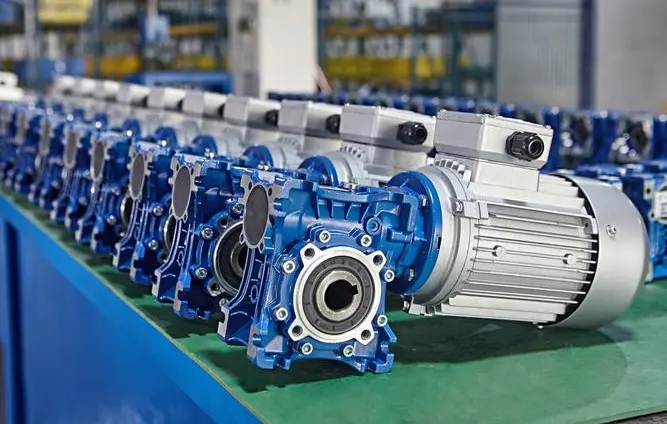
This paper mainly discusses the use of the shaft end skeleton oil seal of the reducer and analyzes the characteristics of the skeleton oil seal used in the scene of the reducer. We will elaborate on the following aspects:
1. Input and output speed difference (speed Ratio): Since the reducer is mainly used to reduce the speed of the transmission equipment, there will be a huge difference in the speed of the power input and output terminals in the application, from the speed ratio 7.5 to 100 (I=7.5; 10; 15. 20; 25. 30; 40; 50; 60; 80; 100) or more. The resulting problem is that the input oil seal operates at a high speed, while the output oil seal operates at a low speed. Assuming that the service life of the oil seal is equal, the service life of the input oil seal and the output oil seal should theoretically be different by a large multiple. So how to solve the different use conditions of the worm end of the reducer has become an important topic of oil seal design. After a long time of testing, exploration, and study, UKS seal system engineers believe that there should be structural differences between the two parts of the oil seal, and there can be material differences. At the input end, the structure can be optimized within the pressure critical point to reduce friction, and self-lubricating materials can be added to significantly extend the service life.
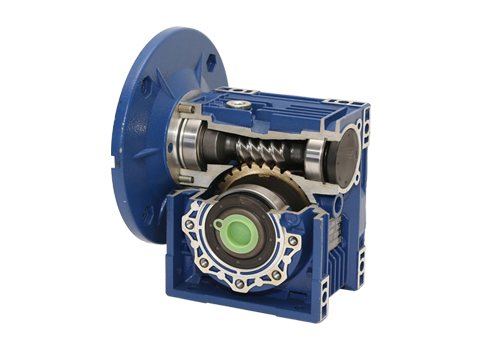
2. Temperature during operation:
At different speeds, the temperature difference generated by the oil seal is not small, and the power input end is closed in the mechanical cover, coupled with high-speed and long-term operation, the temperature generated is different from the output end. Plus the gear reducer installation exists in different directions. For example, under the conditions of E-RV, E-V, E-DRV, E-UDL, and other reducers, different brands of the same specification reducers run continuously for more than 2 hours, the ambient temperature is 15 ° C, and the comprehensive detection temperature can be between 35-55 ° C. It shows that the temperature generated between different reducers is different, and the noise is also very different.
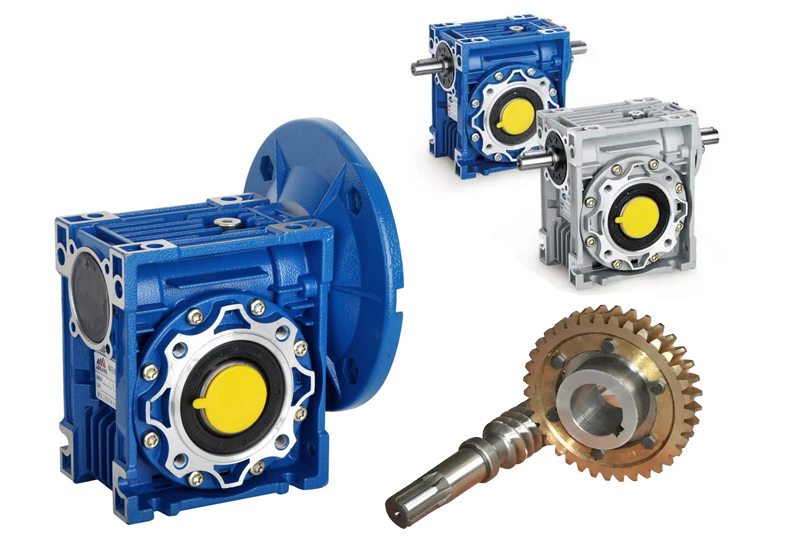
Why is there such a big difference in the same environment, the same speed, and the same running time? This is related to the precision of machine manufacturing, reducer material, bearing quality, scientific assembly, oil seal, and lubrication. Here we focus on the oil seal and lubrication part. If the oil seal structure design is reasonable, the thickness and length of the bending part and the lip size and lip area, as well as the thickness and width of the spring arm limit the axial radial holding force calculation science, then how much heat should be generated at 2000 speed, how much heat will be generated at 3500 speed, and the degree of interaction between the heat dispersion speed, It is also a detail that has to be considered when designing oil seals.
Third, forward, reverse, no-load, load (uniform load, medium load, and heavy load), intermittent, and stop state:
The above situation is the overall state of the reducer. It is also precisely for the selection of oil seals and the characteristics of different brands put forward requirements, here we will focus on the above states one by one.
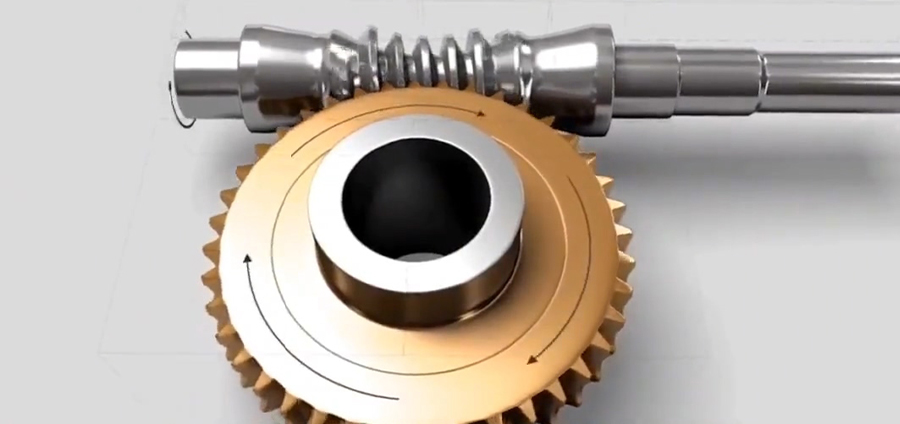
1, whether the positive or reverse, long-term operation can not avoid slight oil film seepage, how to solve it? UKS oil seal engineers found the problem in the process of carrying out a large number of long-term reducer experiments. After a long time of work such as collecting information, proposing schemes, correcting schemes, theoretical verification, installing experiments, and data collection, they put forward the design concept of bidirectional oil film recovery under positive and negative rotation. At the pre-determined speed of 1500-3000 RPM, the design concept of oil film recovery and oil return is proposed. A bidirectional sharp triangle oil return line with a 30-degree Angle is designed to solve the problem of oil film seepage at the time of positive and negative rotation using the concept of micro-scraping oil through semi-fluid tiny centrifugal force.
2, load state: there is generally no problem under uniform load, and under heavy load conditions, the axial torque increases, especially in the E-DRV bipolar deceleration mode, the sealing effect of the oil seal is challenged. Under the load state, the vibration frequency of the worm gear increases greatly, and if the size of the oil seal S and L are not adjusted according to the characteristics of the reducer, thus lacking good axiality, the oil leakage becomes a difficult puzzle to crack. The interference compensation theory of the UKS seal design system, with 18 years of sealing lubrication experience, effectively makes up for the above shortcomings.
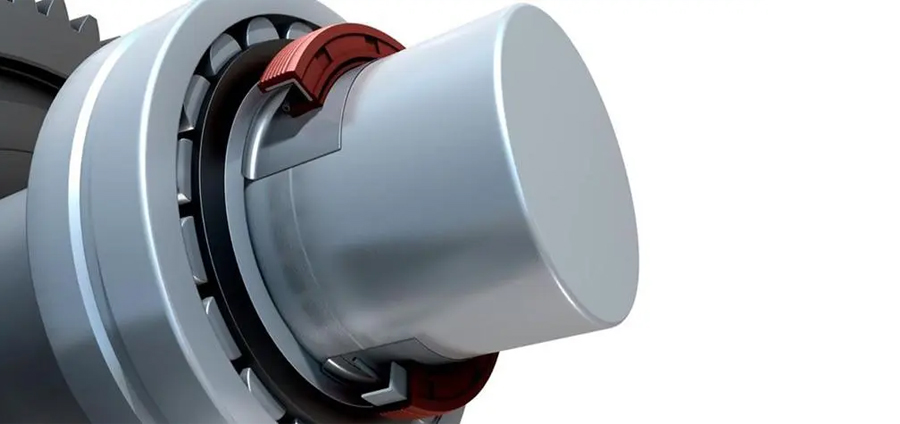
3, the intermittent and stop state, the intermittent between positive and negative rotation, the intermittent when the machine temporarily stops, and the equipment stop state. Become the key point of the sealing part, we have encountered many cases in practical applications, where there is no problem in the operation, in the stop state, or at the moment of stop, the oil film will appear as small seepage. After continuous testing and a large number of tracking cases, we found that such seepage is the oil film in the oil tank, that is, the gap between the main lip and the secondary lip of the oil seal, and the moment the machine stops, it comes out with the shaft. Here, we must focus on the waterproof standards of IP67 and IP68, which were first used to measure the grade standard of resistance to liquid penetration of electronic products under characteristic conditions. Later, it was fully adopted in various types of machine equipment, automobiles, smart wearable devices, and other fields. IP67 mainly stays in clean water at a depth of 1 meter for 30 minutes to shield water molecules from entering. IP68 puts forward higher requirements, which are generally set by the manufacturer itself.
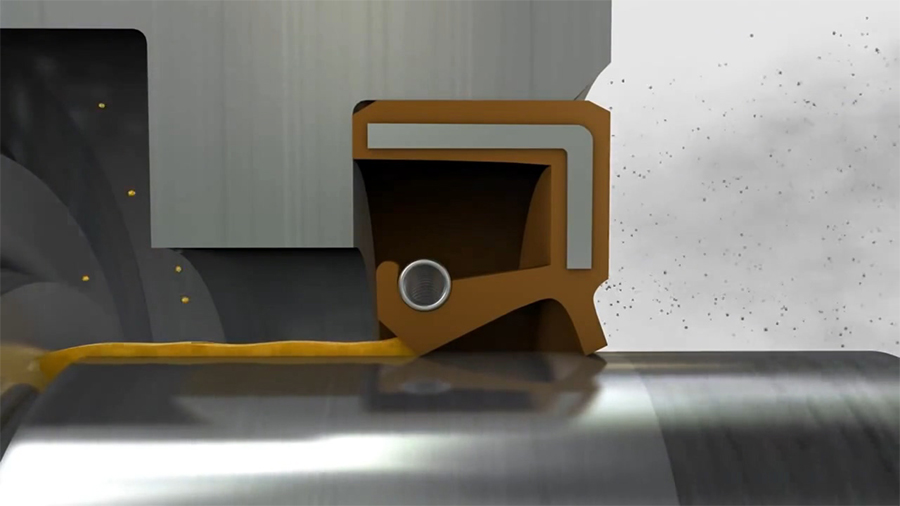
According to the requirements of IP67, UKS proposed its theoretical framework of radial retaining force, which realized the reverse waterproof and airtight test more in line with the characteristics of the skeleton oil seal (not just simple waterproof, but also dustproof and oil leakage prevention), and implemented it on the skeleton oil seal, to improve the radial retaining force of the main lip of the skeleton oil seal and the half-width interference of the secondary lip. More scientific and measurable standards have been developed. The leakage of the reducer in the intermittent and stop state is solved.
Fourth, the material difference of the body:
The excellent engineers of UKS company found that in the process of communicating with the engineers of the reducer enterprise, the aluminum alloy box (shell) reducer has also occurred that the end cover fell out or the oil seal moved out under pressure. In the case of measuring the cavity hole and the outer diameter of the oil seal, we found that this is the problem caused by the difference in the coefficient of thermal expansion under the different housing materials of the reducer. The current RV reducer uses an aluminum alloy box, and in the helical gear reducer, more cast iron materials are used (cast iron materials do not have the problems described in this section).
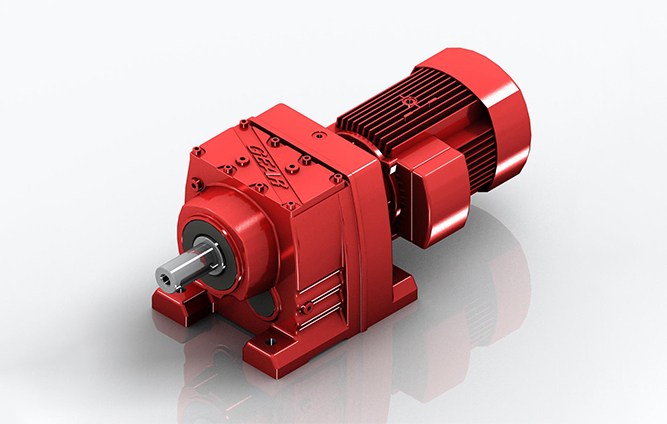
UKS professional engineers with 5454 aluminum alloy material in the range of 20℃~300℃ test verification, the average coefficient of thermal expansion of the material is 23.2~25.6μm (line and surface), that is to say, this is more than twice the expansion coefficient of cast iron (line and surface) 8.5~12.2μm. If the processing accuracy of the cavity hole is unchanged, and the installation size of the oil seal is unchanged, then the aluminum alloy material box (shell) reducer exists because of the large expansion coefficient of the temperature increase, and the oil seal will move out. UKS engineers have come up with a solution. First, increase the outer diameter thread of the oil seal and the end cap to increase the friction; The second oil seal and end cap outer diameter design according to the oil seal installation size standard exceeds the middle value to do the design, try to do more than 75% of the standard value to do the installation size. Thus, the process matching problem caused by the coefficient of thermal expansion of the box is solved.
Five, the performance of the oil seal in different installation directions:
The reducer is widely used and has various scenarios. For example, sewage treatment, excavators, textile machinery, iron and steel casting equipment, transportation equipment, chemical equipment, cement construction machinery, paper, and other industries. Therefore, the high standard of applicability of the reducer is proposed.
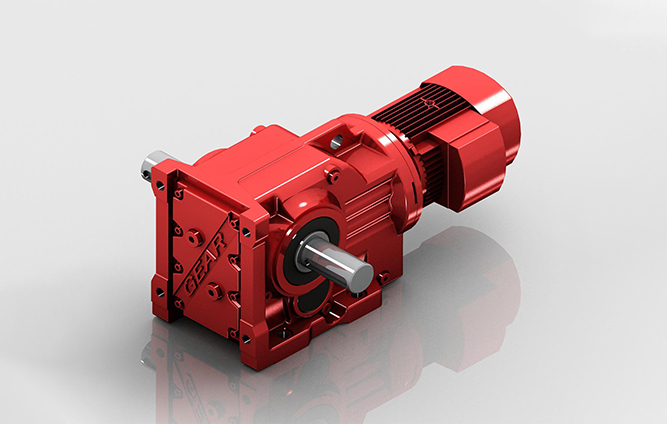
UKS engineers communicated efficiently with the engineers of Zhejiang Geer and Hangzhou Yide (Xingda). The installation directions of M1, M2, M3, M4, M5, M6, and the performance of different oil seals in various directions were investigated on the field test bench. The RV reducer is more complex because of the large number of models. In general, under different installation directions, the most severe conditions will result in the oil seal being completely pressurized against the oil and completely losing lubrication. In this case, the requirements for oil seals are more stringent.

The UKS technical team collected and studied the problems of many reducer manufacturers in the oil seal application, and finally came up with the TCGS solution, and carried out a lot of tests, under different installation conditions, different temperatures, and different speed ratios. We are not afraid to test, 48 hours, 72 hours, 96 hours, 130 hours... Most of the prototypes we buy run day and night, with video observations, and technicians recording a lot of basic data. Continuous adjustment, continuous testing, and only a large number of test data are the direct guarantee for the safe operation of equipment.
Six, the influence of oil seal radial holding force on the power of reducer
We discuss this problem from several aspects:
1, the influence of rubber material on the power of the reducer
The main material of the reducer oil seal is polymer nitrile mixed rubber, of course, there are fluorine rubber, and hydrogenated nitrile rubber, the author in Germany's world-famous gearbox has also found acrylic material.
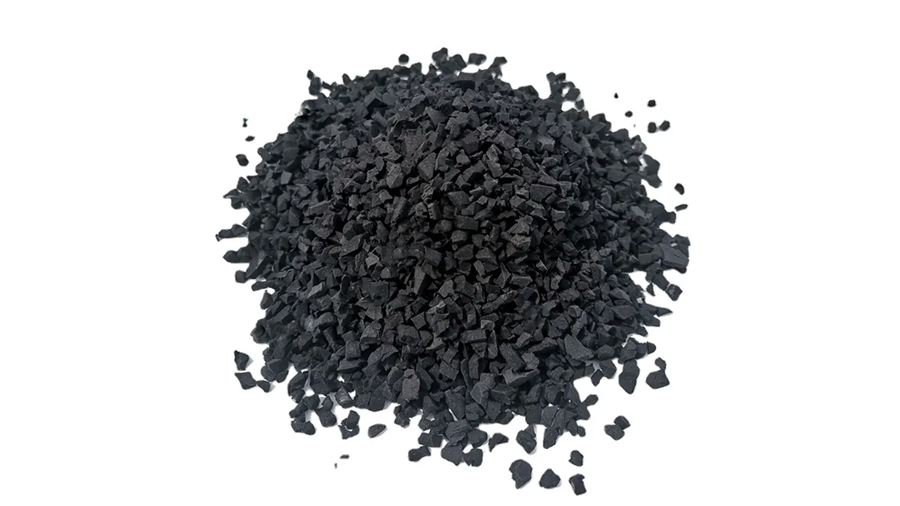
Different materials, their performance bias is also different. So what are the differences between materials? Other aspects have nothing to do with motivation, and we won't go into them. Here we simply explain the influence of the elongation at break and Shore hardness on the physical properties of the material.
A. elongation at break can be commonly known as "tension" or "tenacity", the stronger the tenacity, the greater the radial force exerted on the shaft, resulting in A natural loss of power.
B. Shore hardness and elongation at break have a similar function on the force on the shaft, the greater the hardness, even if the same amount of interference, the higher the force exerted by the high-hardness material on the shaft when the installation is stretched, which also causes power loss.
2, the influence of lip structure design on the power of the reducer
Structural design is an artistic process, precise and simple. It is precise, because such a design needs the support of the theoretical system, but also needs a large number of data support, but also needs a large number of detailed practical feedback information endorsement. This takes a long time of research and development and meticulous material collection to complete.
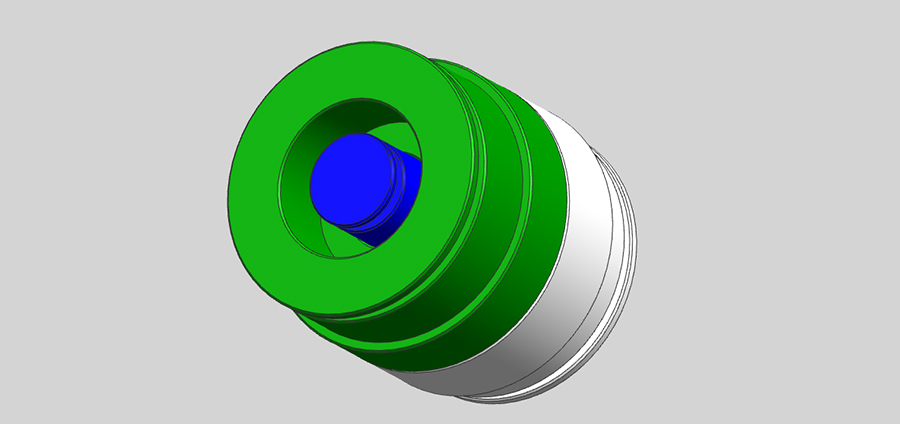
Over the past 18 years, UKS engineers have collected a large amount of market feedback, contacted the products of major seal companies around the world, and analyzed the core competitiveness of various companies and brands. For GB/T9877-2008, DIN3760-1996 and UNI ISO6194/1-1990 and other standards, has used the form of papers on several major rotary seal field important standards, the decomposition and actual verification, the development of the "UKS seal system design Knowledge Summary". Since then, the UKS oil seal no longer relies on any standards, and the internal standards of the company have covered the entire standard system, starting from a serious and professional attitude, and rectifying the problems existing in some national or industry standards. And it is simple, when the product production has theoretical research, scientific data, technical verification system, and quality control system, such work is simple, it can be achieved step by step. Since this part involves the technical secrets of the company, it is no longer explained, and you can experience it with your heart.
3, the influence of lip interference on the power of the reducer
What is the appropriate amount of lip interference? Both GB/T9877-2008 and DIN3760-1996 have been set, as shown in the following table:
| The unit of lip interference and limit deviation is a millimeter |
| Axle diameter d1 | i | limit deviation |
| 5~30 | 0.7~1.0 | + 0.2-0.3 |
| 30~60 | 1.0~1.2 | + 0.2-0.6 |
| 60~80 | 1.2~1.4 | + 0.2-0.6 |
| 80~130 | 1.4~1.8 | + 0.2-0.8 |
| 130~250 | 1.8~2.4 | + 0.3-0.9 |
| 250 ~ 400 | 2.4~3.0 | + 0.4-1.0 |
This table does not indicate whether it is the front or back spring, the inside diameter of the trimming edge, or the inside diameter of the die edge. According to the logic of UKS, if the internal diameter spring is modified according to the edge, even if the limit deviation value is removed, many ranges of oil seals in this table can not play an effective sealing role. And this amount of interference must rely on the lip design concept. Unreasonable design concepts, such as some brands having two auxiliary lip designs in the flex part of the product, the same amount of interference, and the radial force on the shaft being completely different. Let alone meet the requirements of the interference loss compensation theory proposed by the UKS company. Speaking of this, it must be clearly stated that under the same design structure, the oil seal with large interference will exert a large radial force on the shaft, which will inevitably affect the power shaft of the reducer.
4, the relationship between the self-lubricating function of the material and the shaft power
With the continuous development of polymer technology, now whether it is fumed carbon black, polytetrafluoroethylene micro-powder, molybdenum disulfide, or fluorocarbon coating, etc., in the rotating friction structure, helping the material produce a self-lubricating function in the oil-short dry grinding structure, reducing wear and resistance to a certain extent.
Finally, we firmly believe that the development of industrial technology is endless, and quality and customer service also have no end; In order to achieve the ideal and pursuit of perfection, UKS never stops. As long as the world is progressing, you can see UKS hard-working and dedicated figure.